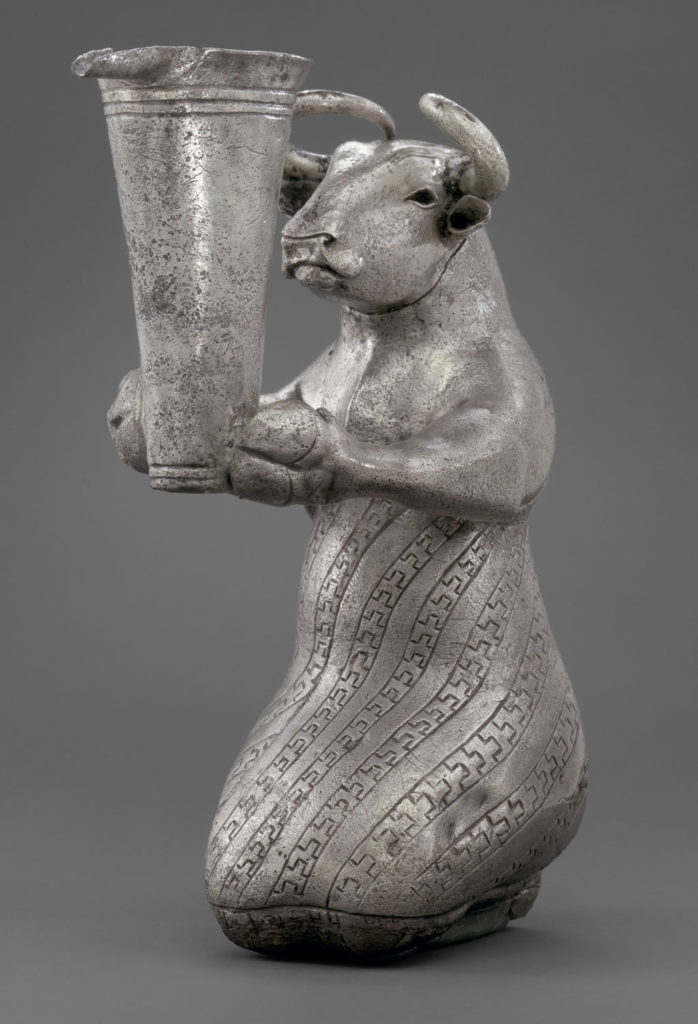What I call intermedia theory takes inspiration from the media praxis of a group of Dalit women farmers and biodiversity-seed sovereignty activists who use video to manage a network of feminist cooperatives in Medak, near Hyderabad, India. After doing fieldwork with them in 2005-06, my program of research has sought to develop a theoretical framework that seeks to:
- Decolonize sociology,
- Theorize the resurgent politics of defending and regenerating commons,
- Through research-creation, research the “grammar’ of a mode of communication specific to the needs of regenerative commoning.

We live in a time of all out exuberance for ecological theory and it’s correlative conceptions of entanglements, hybrid actants, and new materialist agencies. The liminal tradition of Canadian communication theory opened up for me a different way of posing the questions of planetary topology, totality, relation and history promised by the concept of ecology. Especially when refracted through the concerns of social reproduction feminist theory, feminist political economy, political ecology, post-Western Marxism and the Debordian theory of the spectacle and the Situationist praxis of detournement, the work of Harold A. Innis, Marshall McLuhan and Anthony Wilden open up approaches to the problematic of the “double internality” of society and nature in ways that allow us to understand not only how the planetary ecology comprise manifold sympoetic media for politics but also how this is mobilized against the subalternized and the oppressed and that no path of liberation is possible that does not regenerate the manifold dao of life. Given that the ideology of the “human” remains installed in complex ways in both a racializing symbolic order and a racializing class politics, this tradition also enables intermedia theory to cultivate a thorough-going skepticism regarding the post-racial historicism of ideologies of the post-human and the ideology of the “agency” of things and the deeper depoliticization of knowledge this involves.
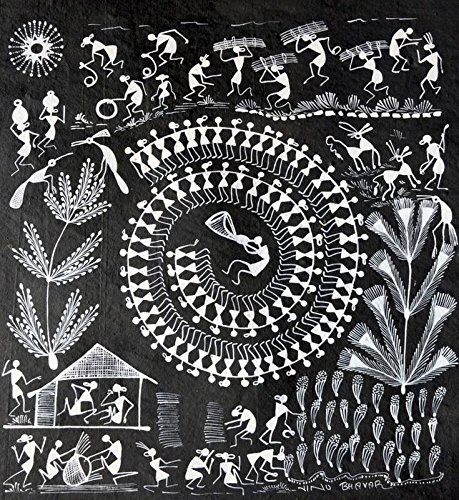
Once you have radicalized the “destruction of Western metaphysics” and found a way to take a space-walk outside the colonizer’s module of the world, one finds oneself in a classic chicken-and-egg situation, or rather in situations of diverse adaptations to the planetary ecology mediated by the diverse histories of accumulated violence “always already”mediated by the planetary ecology, a double mediation, or, intermediation, or a poem of our planetary common-being, or a way of singing history. It was cultural studies, of course, that taught us that not only do representations model the world but they are also then in the world and what they do in the world is that they mediate belonging and, for this reason precisely, they mediate not-belonging as well. Consequently, it is rather remarkable that the only instances of politics today that is neither some kind of racist-sexist-homophobic populist proto-fascism nor some cynical and manipulative subservience of parliamentarianism to business-as-usual take the form of the defence or regeneration of some kind of common whether with regard to resource extraction, habitat destruction, the enclosure and capitalization of agriculture, popular culture, art, urbanism, science or technology. This range and the very diversity of such political praxes of defending and regenerating commons unfolding in the world today, and so the social contradictions they come to embody, is what provokes intermedia theorization. Social contradictions cannot be reduced to logical contradictions, since they are embodied, affective and prosthetic, since they unfold as space and endure as time, they are systemic and a tangle of many, and since power, without escaping them, makes them seem to disappear. No doubt, then, we have here another crisis of representation. If social contradictions are not reducible to logical contradictions, can we render them communicable and instructive for praxis by pirating strategies from the history of contemporary critical art and critical poetics? Can intermedia research-creation specify its theoretical practice in this way?
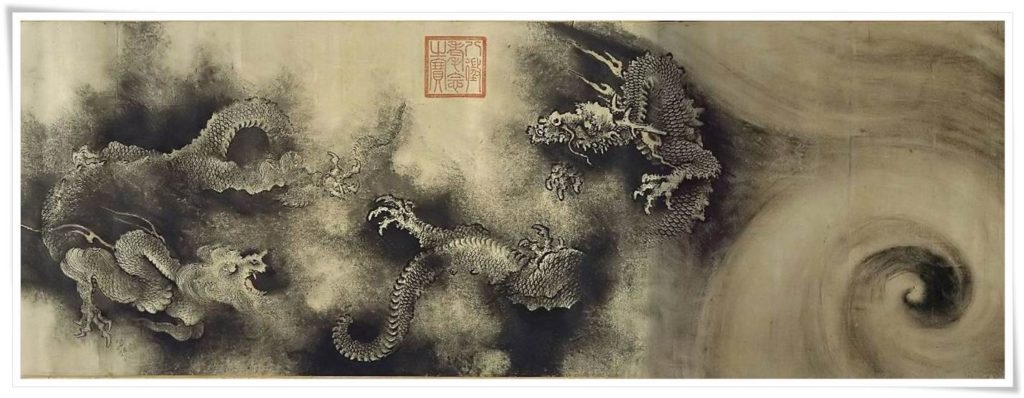
A key point of departure for me is artist/theorist/situationist Guy Debord’s reinterpretation of Marx’s theory of commodity fetishism. For Marx, commodity fetishism names the strange magical power that is exercised through a social institution that appears to be one you can join freely and as equals. On the one hand, the labour market mediates our social relationships with each others as producers and consumers through a division of labour. But the reality of these social relationships —that is to say their creativity and their power to create common wealth, as well as the needs and desires that arise through these relationships— are structurally repressed, marginalized and ignored by the economic theories and political ideas of proprietors and political elites. Because these social relationships are mediated by relationships between commodities, including the commodity labour power, it appears to these elites that things like steel or oil or microchips themselves possess value and can by themselves create wealth. So commodity fetishism, for Marx, is both this kind of magical thinking that calls for everything about our social existence to be sacrificed for some supernatural entity called economic growth as well as how this magical thinking polices how one belongs or does not belong in our society.
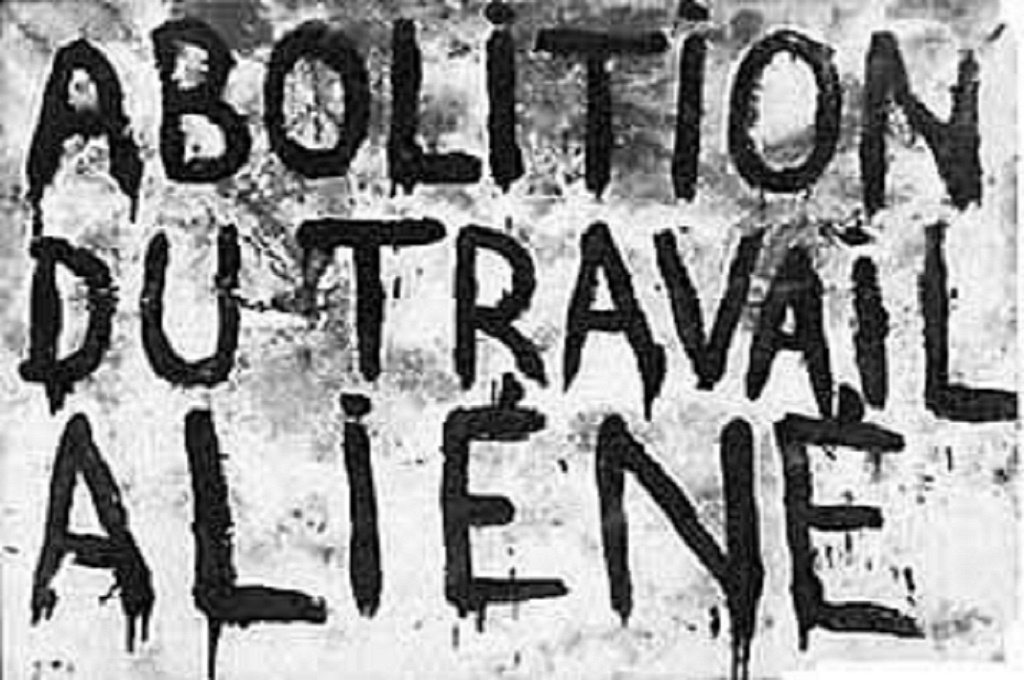
By the time Guy Debord returns to Marx’s account of commodity fetishism, nineteenth century British Empire led industrial capitalism has been rebooted by the United States (after a half century of war and world wide depression) into Fordist, consumer capitalism armed with the Keynesian policy innovation called stimulated aggregate demand. Debord famously calls this new kind of capitalist society the “Society of the Spectacle”. As Debord memorably puts it, spectacle is far more than a mere accumulation of images. Rather spectacle is a social relationship mediated by images. “All that was once lived has moved into representation.” Debord’s key insight then is that all these things we have come to call “the culture industry” or mass media is not the superstructure of some economic base but rather a structural and institutional dimension of the market itself, like the state and kinship. The family, the state, the market and now the mass media all mediate each other and the mass media and the market intermediates our existential problem of belonging or not belonging.
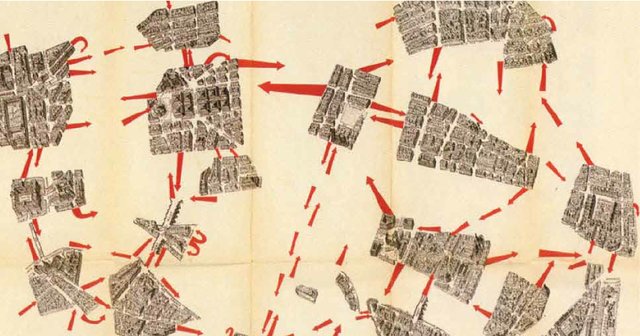
So Debord’s reinterpretation of Marx’s account of commodity fetishism is foundational for intermedia research. But there are a few other nuances to this account of intermediation that I will briefly mention. The first I draw from Canadian economic historian and communication theorist Harold A. Innis. As an economic historian who spent a life time studying the formation of a world scale market and its role in Canada’s nation building, Innis keenly understood that the global market is a communication system as much as everything else it is. But Innis’ key insight is that it is a communication system that results in the dominance of one media of communication over all others: information. The significance of this insight turns on Innis’ unique theoretical innovation, the conception of a bias of communication. By this, Innis does not mean anything like point of view, or opinion, or prejudices. Rather he takes the term bias from engineers to also relocate the concept of information from engineering, mathematics and physics and interpret it socially and historically. Just as in the design of electrical circuits a direct current can be set as a reference point for defining a range of operation for an alternating current, or vice versa, or better, just as cutting cloth either with or against its bias in tailoring affects the look and feel with which the dress or suit can be worn, so any ecology of media will set a bias either towards time or space which will affect how political power is deployed through that media ecology.
So this leads to Innis’ famous diagnosis of the space bias of modernity as the global market being reconstructed by the United States after the Second World War and the collapse of the British Empire comes to dominate what McLuhan will call the “world environment.” What’s important here then is how the time bias of communication might then provide some kind of critical leverage for cultural-political strategies for delinking from spectacle.
The concept of the communication bias presupposes thinking about media ecologically in terms their relationship to each other. And this of course was also the hallmark of McLuhan’s own media theory: The message of a given medium, in McLuhan’s famous summary of Innis’ thinking, is another medium. But intermedia draws on two other specific insights from McLuhan. The first is that the formula, “the message of a medium is other media”, applies to all technology in so far as all technology is in one way or another communication technology:
“. . . the ‘message’ of any medium or technology is the change of scale or pace or pattern that it introduces into human affairs. The railroad did not introduce movement or transportation or wheel or road into human society, but it accelerated and enlarged the scale of previous human functions, creating totally new kinds of cities and new kinds of work and leisure.” (1964, 24)

This is the reason why McLuhan’s thought is not a technological determinism, as many, notably Raymond Williams and Northrop Frye, have mistaken it to be. McLuhan only anticipates Donna Haraway’s thesis that we are cyborgs when he observes that we are technology through and through insofar as our world environment are so many environmental extensions of the human body’s interdependence with the planetary ecology. So, along with the intermediations of the social institutions of kinship, the state, the market and the mass media (whether old or new) by spectacular power, we now can also include not just modern urbanism but urbanism’s relationships to resource hinterlands and rural agriculture.

We are thus brought back in a strange way to Marx’s materialism of sensuous praxis under-writing his concept of modes of social reproduction where human existence is understood as historical and culturally diverse adaptations to ecosystems mediated by social institutions of power and meaning, all of which are, in turn, always mediated by adaptations to nature. Again we have two mediations —or again intermediation!
This is where we confront a further implication of an ecological approach to intermedia (and an intermedia approach to ecology) for a theory of the commons. McLuhan’s aphorism, the message of a medium is another medium, draws our attention to the fact that any new bit of technology must be able to “plug” into the historically existing technological environment or total system of which it is a cog or part. His tetradic analysis is meant to map how this processes of plug and play unfolds, ie. how the black box of the total technological system imposes itself in the properties of the technological part.
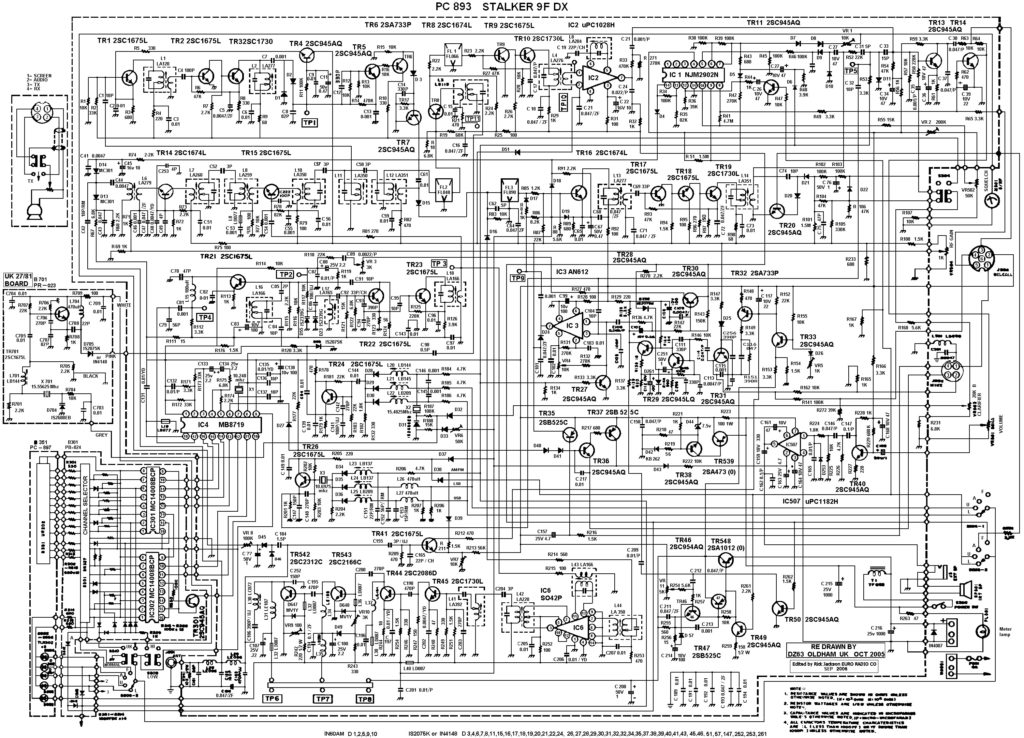
This ecological issue has an analog with regard to the problematic of the commons, or, rather resolves into this problematic of the commons. Commons imply a group of people commoning and, on the one hand, this means that any commons —whether of cheese-making, blues guitar playing, scientific research, a fishery, novel writing or raising goats or sheep— has very specific features, characteristics, traditions, rules etc. On the other hand, any specific commons presupposes the existence of other commons (and a social division of labour along with social cooperation): historically specific commons and commoning praxes presupposes intermedia common-being. How then are we to understand this ecological totality or relationality, whether of common-being or of the historical technological system?

It will be recalled that system theorists define a system in relation to a boundary that sets a system off from its environment. The very first research project of 20th century ecology studied an assemblage of life forms, and the energy and information flows of an ecosystem where the contours of a watershed was taken to be the boundaries of the system. Armed with such contingencies, scientists happily talk not only about systems that serve as each other’s environments but of systems of systems which one could then supposedly trace back to all the various black holes (and falling through them into the various multiverses) to try to reach the System of systems making up the whole Russian doll. This strikes me as a great story but very unsatisfactory and beside the point as it presupposes that systems stack infinitely and harmoniously without noise, conflict or violence. But the exigency of the watershed, which was once a commons, allows for another way of thinking about the issues. For it reminds us that, along with being part of an thermodynamic system, being part of a gravitational and a quantum field, the Earth is not only a planet but a Earth-bound ecological place and as a planetary place has its own historical topology.
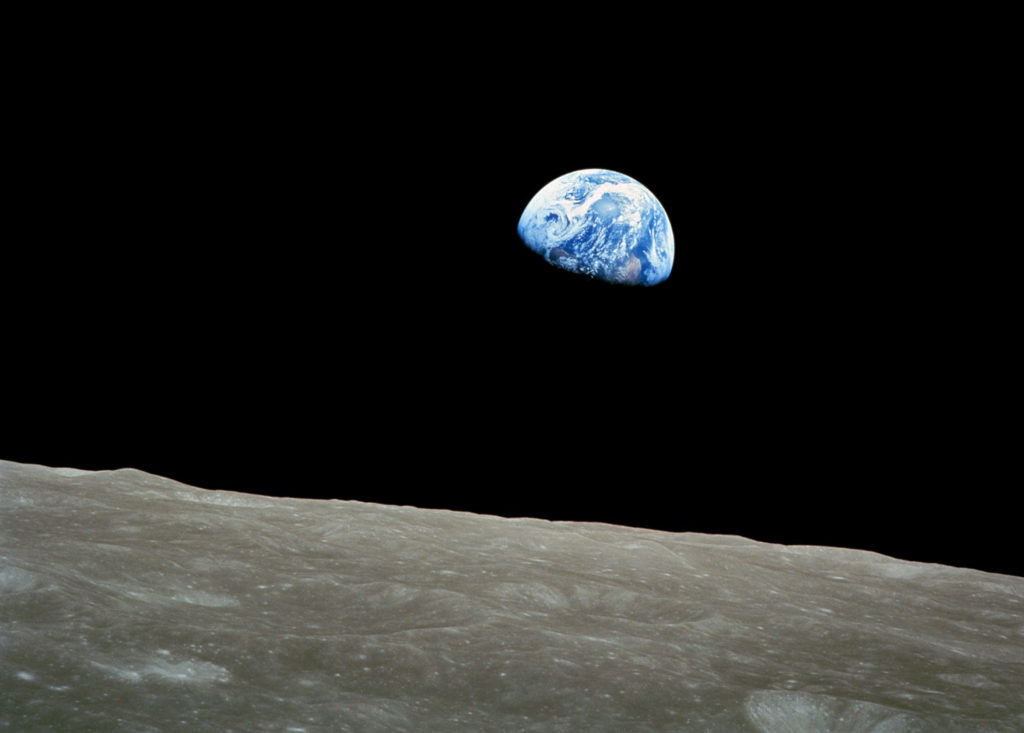
The relational whole implied by the idea of ecology, then, is not a whole but a historically changing totality that, as a planetary place, is the historical topology of capitalist-colonial urbanization for the last 500 years or so with all their subaltern passages, flows, densifications, and subterranean reticulations, and their class verticalities, and speeds. McLuhan calls its post-WW2 manifestation a “world-environment” as well as the “global village.” But this world-environment is also an avatar of capital, as Lefebvre would point out, and the production of such spaces involves both the invention and creation of new intermedia commons and common wealth as well as the class alienation of cooperation and the appropriation of common wealth by proprietors, plutocrats and oligarchs, as Debord and Marx would note, through the enclosure of these intermedia commons. Intermedia commons are then riven with social contradictions in this way in that their reproduction and creation are needed for the accumulation of capital which then also encloses and destroys them in order to accumulate. Therefore the world-environment of urbanization that is the systemic boundary or topological limit of the planetary ecology has its ontological positivity negated by these violent histories of subaltern counter-environments that were destroyed and sacrificed in the making of this world-environment.

The usefulness of intermedia theory for my current research on feminist and speculative renewable energy futures and socio-environmental crises then is two-fold. No meaningful climate change adaptation or mitigation or ecological regeneration is possible without the reinvention of a class politics from below (what I call hydrapolitics). Such politics from below has its point of departure in “intersectional” identity politics but must also include the livelihood struggles that make up the environmentalism of the poor and the environmental justice struggles of the racialized. In order to amount to a class politics from below, such climate and energy justice movements must also invent a politics of technology and a “right to the city” egalitarian politics of urbanization. Anthropocentrism, alleged to be the root cause of our current troubles, is totally a red herring. Human beings have not been at the centre of anything over the last 500 years: Capital has. The post-human critique of anthropocentrism takes the “universalist” PR campaigns of the proprietors of capital for the reality of our global system and, in doing so, colludes with its post-racial, classless self-image. Our current historical conjuncture is far from being a human centred one; we are all racialized and most are subalternized in intricately complicated ways. Rather, our conjuncture is characterized by the spectacle of green passive revolution through carbon trading and green-washed consumption just when fascism redux is knocking at the door.
